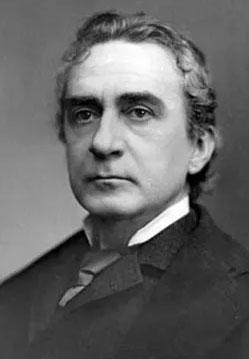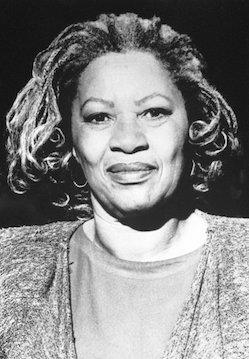Our Incorporators
- Edwin Booth (1st President)
- Mark Twain
- Joseph Jefferson (2nd President)
- John Drew (3rd President)
- William Tecumseh Sherman
- Lawrence Barrett
- Laurence Hutton (Secretary)
- Augustin Daly (1st Vice President)
- Albert M. Palmer (VP, Treasurer)
- Joseph F. Daly (VP)
- William Bispham (VP, Treasurer)
- Brander Matthews (Secretary)
- James Lewis
- Stephen H. Olin
- Henry Edwards
- John A. Lane
Groundbreaking Women
- Helen Hayes
- Theoni Aldredge
- Lauren Bacall
- Bridgett Brodkin
- Carol Burnett
- Betty Comden
- Jean Dalrymple
- Agnes De Mille
- Nancy Evans
- Elizabeth Falk
- Lillian Gish
- Kitty Carlisle Hart
- June Havoc
- Beth Holland
- Sylvia Fine Kaye
- Florence Klotz
- Angela Lansbury
- Lucille Lortel
- Dina Merrill
- Ruth Mitchell
- Mary Tyler Moore
- Toni Morrison
- Phyllis Newman
- Jane Pauley
- Leontyne Price
- Sylvia Sidney
- Liz Smith
- Isabelle Stevenson
- Gwen Verdon
- Eudora Welty
History of The Players
135 Years In Brief
“We do not mingle enough with minds that influence the world,” Edwin Booth said of his fellow actors. “We should measure ourselves through personal contact with outsiders…I want my club to be a place where actors are away from the glamour of the theatre.”
Two years after Booth wrote these words to theatre manager Albert Palmer, his dream was realized. In May 1888, he paid $75,000 to purchase the house at 16 Gramercy Park South in New York City that had been built in 1847 for banker Elihu Townsend. Booth's vision now had a home.
The name, The Players, was suggested by author Thomas Bailey Aldrich, after one of the lines from Jacques' speech in Shakespeare's As You Like It. Booth and fifteen of his colleagues and friends were the incorporators of The Players.

On opening night, December 31, 1888, before a gathering of men from the theatre, fine arts and letters, journalism, and commerce, Booth deeded the structure and its contents, including all the works of art and theatrical memorabilia he had amassed, along with his extensive personal library, to The Players.
The Booth gift stipulated that he would have a place to live out the remainder of his days. His third floor apartment became a place of contentment in which he could enjoy the results of decades of theatrical work, with a view of Gramercy Park and the sounds of evening revelry floating up from the floors below. Since his death in 1893, his bedroom and parlor have been preserved in the style of his life there.
Among the club's longest traditions are its Pipe Nights, originally named for the smoking of churchwarden pipes during the evening. These began in 1905 as occasional late-night entertainments. By 1936, beginning with John Gielgud, they had evolved into testimonial dinners honoring artists for their cultural contributions.
In 1911, French tragedienne Sarah Bernhardt was the first woman of the theatre honored by The Players after a petition was signed by several dozen members who thought it important to celebrate her legendary career.
Between the First and Second World Wars, members put their rich theatrical resources to work by mounting Broadway productions. Starting in 1922 with Sheridan’s The Rivals, The Players produced a series of successful commercial revivals starring well-known members. These productions continued until 1940.
The Players was designated a National Historic Landmark in 1963. The interior has undergone several renovations and additions, some quite extensive. The main floor Dining Room did not always have a stage at one end; the room at one time led onto a garden dining area with a fountain populated by live turtles.
In its first hundred years, club membership was limited to men. In 1989 on Shakespeare's birthday, April 23, thirty women of the theatre, arts and letters, and journalism were at last inducted as Players. The first among them was actress Helen Hayes, long regarded as the "First Lady of the American Theatre," joined by luminaries like Pulitzer Prize–winning novelist Toni Morrison in a pioneering class of women.
Now in the 21st century, The Players thrives as place to meet and mingle with artists and arts lovers in a unique atmosphere of good-natured fun. It is, as always, singular among New York clubs in its warmth and high spirits and is treasured by its members and the creative communities with which it has long been associated.


